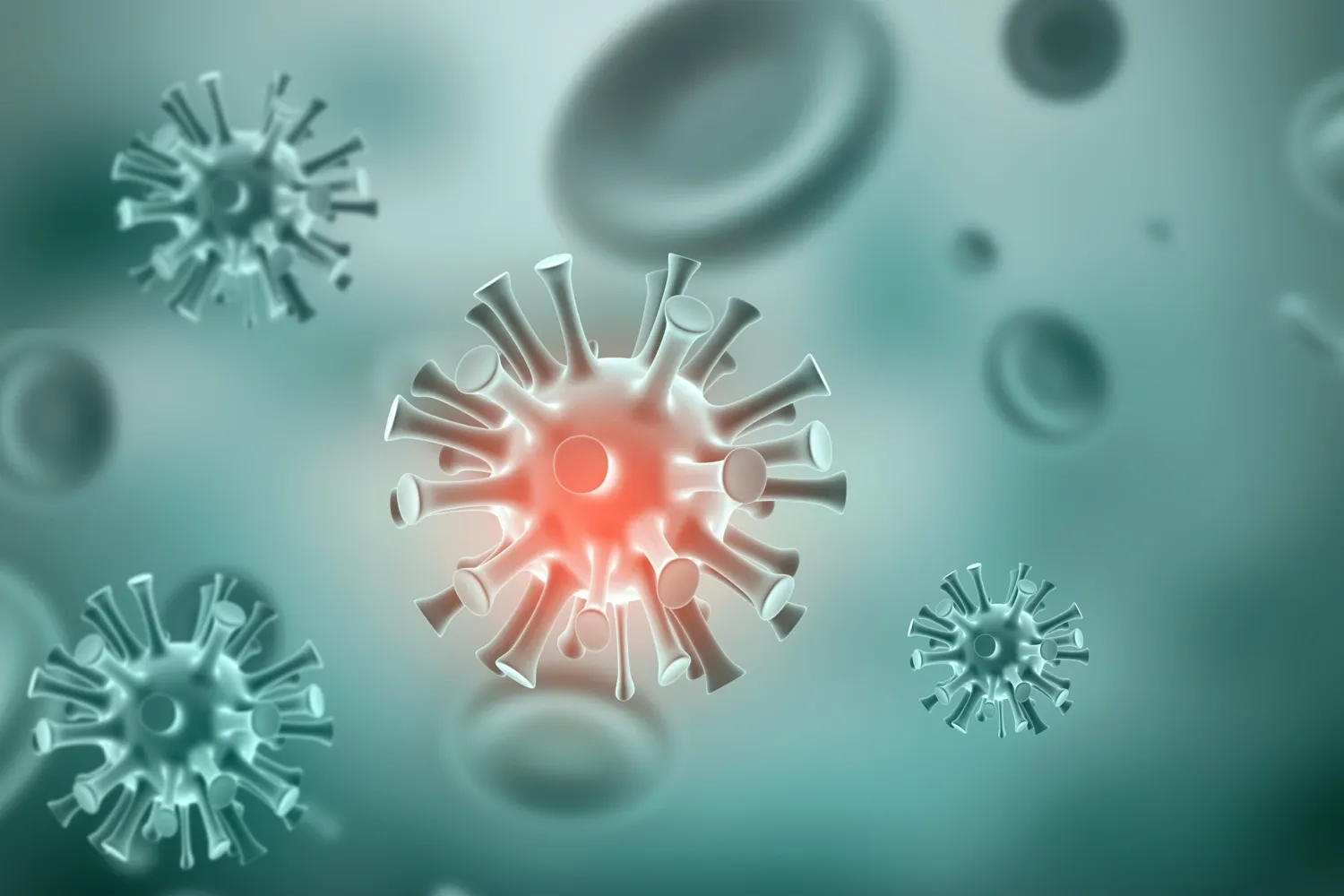Our research
HIV infection is a devastating disease affecting 35 million people worldwide. Current anti-retroviral treatment is highly effective and has made the HIV infection chronic. However, despite more effective treatments, the prospects of a cure are distant. We are involved in efforts to eradicate HIV from patients.
The problem for an HIV cure is that, even though the virus particles are eradicated, the infected cells maintain the information of remake the virus. This information is integrated in the host cell as a provirus. The provirus switches between active and inactive states. Thereby, the infected cells evade both the immune system and death associated with massive viral production.

Our research group is interested in the molecular mechanisms behind the epigenetic state reversal of the HIV-1 provirus. The focus of our research group is to investigate the establishment, maintenance and reversal of epigenetic states of the HIV-1 provirus. This circuitry of HIV-1 latency is modelled and tested in cell lines, as well as primary cells from both HIV- and HIV+ donors. By characterising the composition of proviral chromatin and how it connects with transcription and viral production, we have identified several new aspects of how the virus evades the host mechanisms of elimination. Recently, we found that the reactivable portion of the latent reservoir act as an enhancer.
We view epigenetic state reversal of proviral chromatin as a general model to understand the activation and silencing of other loci important for e.g. development and cancer.
Possibilities for students
Motivated students are welcome to do short or longer degree project in the lab.
Contact Peter Svensson for more information.

